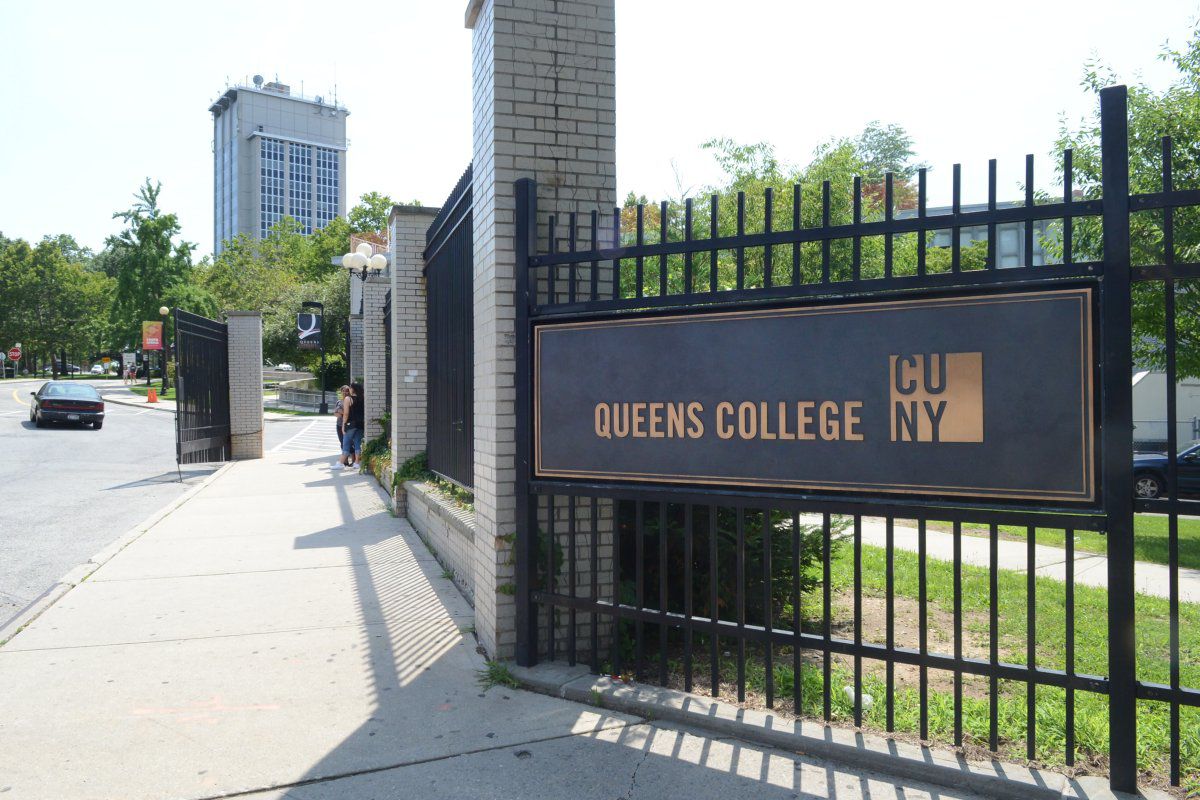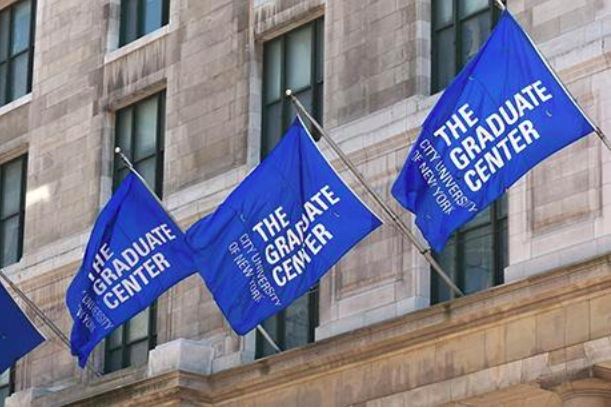On May 21, 2013, Queens College received a grant from the Department of Environmental Protection to begin planning for another rain garden installation on campus.
The rain garden will encompass the 18,000 square foot Dining Hall Plaza, which is between the Dining Hall and the I Building. It will include a combination of rain gardens and permeable pavers.
According to the DEP, a rain garden is a man-made bio-filter, which contributes greatly to the hydrological cycle.
“The rain garden collects and stores excess rain water from roofs of buildings, driveways or parking lots — thus preventing this run-off from polluting streams, causing flooding and erosion of stream banks. The rain garden uses natural means to store, process and filter water before infiltrating it into the groundwater table below the rain garden. This ground water then feeds springs and streams,” according to the DEP.
The rain garden mimics the natural hydrological process found in native grasslands and woodlands.
This installation must also include permeable pavers, which allow water to infiltrate through surfaces that would normally be impermeable, such as asphalt or portland cement.
The rain and snow that accumulates onto these pavers recharges the groundwater table — the underground surface where rocks and soil are permanently saturated with water — and is able to provide clean water to rivers and streams.
According to Dave Gosine, director of facilities design, construction and management, “the project is currently in the design phase and the construction phase is anticipated to start in late 2014. It will take somewhere between six to eight months to finish,” he said.
A contractor has not yet been selected to construct the rain garden, but Gosine says that is the next step as soon as the design has been completed.
He also assures that the rain garden will provide a host of benefits, which include reducing the amount of water run-off from the campus into the combined sewer overflow area of the Flushing Creek Watershed, eliminating flood prone and ponding areas in and around the Dining Hall Plaza, increasing areas of planting with greater bio-diversity, less maintenance and providing a more aesthetically pleasing space for campus users to eat, study and socialize, therefore improving the quality of space and life within the college.
Additionally, the rain garden complements sustainability efforts. QC is participating in Mayor Bloomberg’s PlaNYC, which is committed to reducing carbon emissions associated with energy consumption by 2017. QC pledges to promote water conservation initiatives and encourage local sourcing and other sustainable practices in their dining services.
When asked about major concerns regarding the construction process, Gosine said the disturbance during construction to student and faculty activities in the area, the protection of existing infrastructure and underground utilities are main issues.
“Numerous measures are being taken to make sure that installation goes according to plan,” he said.
The project design is reviewed and approved by the DEP and during construction by the QC office of facilities design, construction and management, which is staffed with architects and engineers. Safety plans are also reviewed and implemented prior to the start of construction.
Last year, water flooded parts of the Quad and Remsen Hall due to a water main break during construction of a rain garden.
President James Muyskens together with DEP Commissioner Carter Strickland officially opened the rain gardens located near Remsen Hall, Kiely Hall and Rosenthal Library last October.
This will be the fourth rain garden installed on the QC campus.













